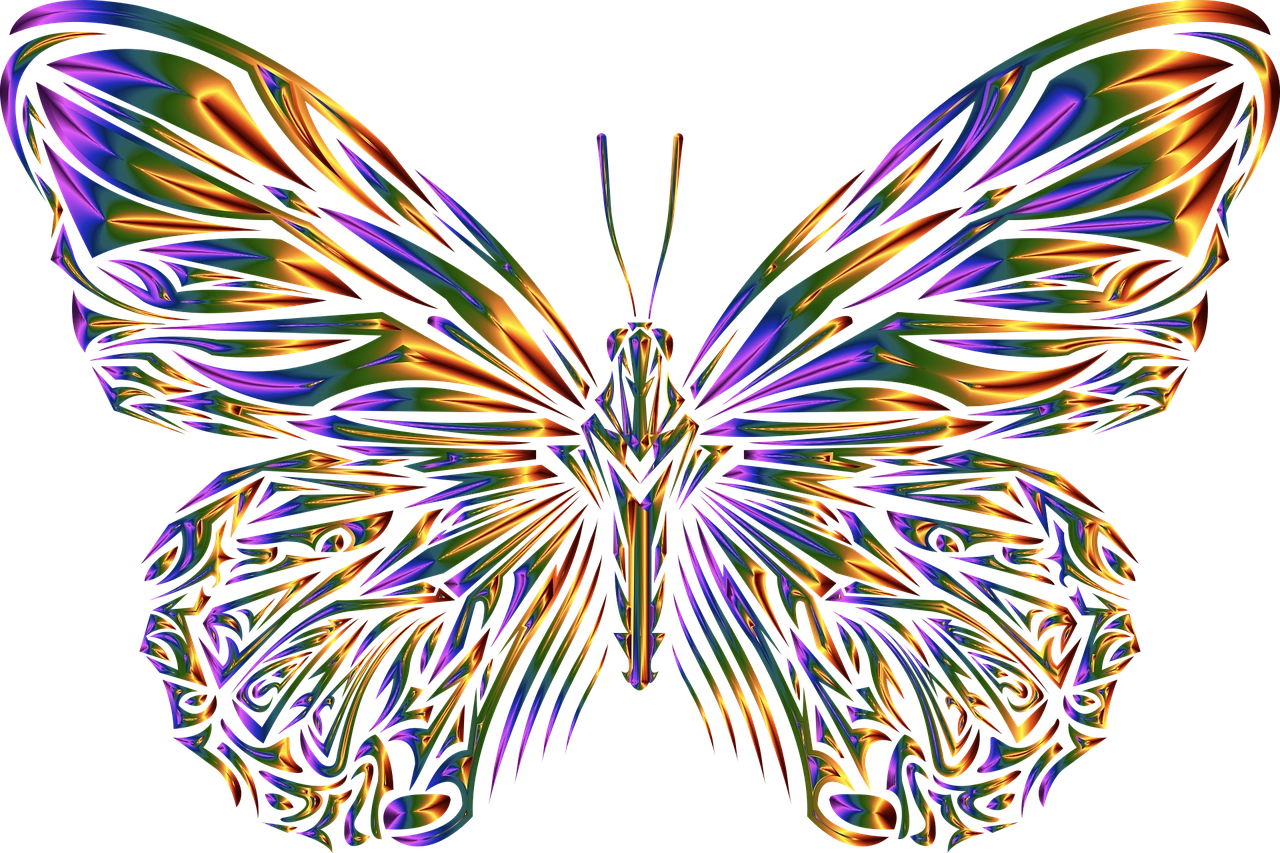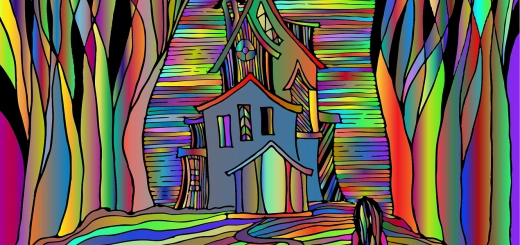Ancient Civilizations: Burial Customs and Beliefs

Looking for more amazing products? Check out our online store and explore our collection here! Happy shopping!
Before diving in, please note: This post is for informational purposes only. If you’d like to know more about how we approach topics, feel free to check out our friendly Disclaimer Page.
Hey there, amazing readers! 
We’re committed to delivering quality posts, and your support (even just sticking around despite the ads) means everything to us. So, bear with us, and thanks for helping us keep the good vibes rolling. Now, on to the fun stuff!
TRANSLATE BUTTON AT THE END OF THE ARTICLE
Introduction: Studying Ancient Burial Practices
Ancient civilizations have left behind a rich tapestry of burial customs and beliefs that offer glimpses into their cultures and worldviews.
By examining these practices, archaeologists and historians can piece together the beliefs and rituals that guided these societies in their treatment of the dead.
From elaborate tombs to intricate mummification processes, each civilization had its unique way of honoring and remembering the deceased.
Let’s delve into the fascinating world of ancient burial customs and beliefs to uncover the mysteries of the past.
Egypt: Mummification and the Afterlife
Ancient Egypt is perhaps best known for its elaborate mummification practices and beliefs in the afterlife.
The process of mummification involved removing the internal organs, preserving the body with natron salt, and wrapping it in linen bandages.
Egyptians believed that the preservation of the body was essential for the soul to journey to the afterlife.
Tombs were filled with treasures and objects needed for the deceased in the afterlife, such as food, clothing, and jewelry.
The Book of the Dead provided instructions for navigating the afterlife and ensuring a successful journey to the realm of Osiris, the god of the dead.
Mesopotamia: Burials and Offerings to the Dead
In ancient Mesopotamia, burial customs were closely tied to religious beliefs and rituals.
The Mesopotamians believed in an afterlife where the soul would journey to the underworld.
Burial practices varied among different Mesopotamian cultures, but offerings of food and drink were commonly placed in tombs to sustain the deceased in the afterlife.
Tombs were often filled with personal possessions, weapons, and other items that the deceased might need in the next life.
Mesopotamians also believed in the importance of honoring the dead through rituals and ceremonies to ensure their well-being in the afterlife.
China: Ancestor Worship and Funerary Rites
Ancient Chinese civilization placed a strong emphasis on ancestor worship and honoring the dead.
Ancestor worship was central to Chinese culture, with families offering prayers and sacrifices to their ancestors to seek their guidance and blessings.
Funerary rites in China were elaborate and included rituals such as burning incense, offering food and wine, and reciting prayers for the deceased.
Chinese tombs often contained items such as pottery, jade figurines, and bronze vessels to accompany the deceased in the afterlife.
The belief in the continuity of life beyond death was a fundamental aspect of Chinese burial customs.
Greece: Mythology and Ceremonial Burials
Ancient Greece had a rich tradition of burial customs steeped in mythology and religious beliefs.
The Greeks believed in an afterlife where the soul would journey to the underworld ruled by Hades.
Ceremonial burials were important in Greek culture, with elaborate funeral rites and rituals performed to honor the dead.
Graves were often adorned with offerings of coins, pottery, and jewelry to ensure the deceased’s safe passage to the afterlife.
Greek mythology played a significant role in shaping burial practices, with stories of heroes and gods influencing how the dead were remembered and commemorated.
Rome: Tomb Complexes and Death Rituals
In ancient Rome, burial customs were elaborate and reflected the importance of family and ancestry.
Roman tombs were often grand structures, such as mausoleums and tomb complexes, designed to honor the deceased and provide a lasting tribute to their memory.
Romans believed in the importance of proper burial rites to ensure the soul’s journey to the afterlife.
Funerary rituals included offerings of food, wine, and incense, as well as ceremonies to commemorate the deceased’s life and achievements.
Roman burial customs were deeply rooted in tradition and played a significant role in shaping the culture and identity of the empire.
Maya Civilization: Cenotes and Sacrifices
The ancient Maya civilization had unique burial customs that revolved around sacred cenotes and ritual sacrifices.
Cenotes, natural sinkholes filled with water, were considered portals to the underworld by the Maya.
Bodies of the deceased were sometimes placed in cenotes as offerings to the gods.
The Maya also practiced ritual sacrifices of both humans and animals as part of their religious beliefs.
Sacrificial victims were often buried with valuable objects and offerings to appease the gods and ensure the well-being of the community.
These practices were central to Maya religious ceremonies and played a crucial role in their belief system.
Inca Empire: Royal Mummies and Tomb Treasures
The Inca Empire in South America had a rich tradition of burial customs that reflected their beliefs in the afterlife and the divine status of rulers.
Inca rulers were mummified after death and buried with elaborate ceremonies and offerings.
Royal mummies were considered sacred and were worshipped as ancestors by the Inca people.
Tombs of Inca rulers were filled with treasures such as gold, silver, and precious textiles to accompany them in the afterlife.
The Inca believed in the cyclical nature of life and death and saw burial customs as a way to ensure the continuity of their society and culture.
Vikings: Ship Burials and Valhalla Beliefs
The Vikings, known for their seafaring prowess and warrior culture, had unique burial customs that included ship burials and beliefs in an afterlife in Valhalla.
Viking chieftains and warriors were often buried in elaborate ships filled with weapons, jewelry, and other valuables to accompany them in the afterlife.
The Vikings believed in an afterlife in Valhalla, a majestic hall where warriors who died in battle would feast and fight for eternity.
Ship burials were a way to honor the deceased and ensure their safe passage to Valhalla, where they would be reunited with their ancestors and gods.
Native American Cultures: Burial Mounds and Shamans
Native American cultures across North and South America had diverse burial customs that reflected their spiritual beliefs and connection to the natural world.
Burial mounds were common among many Native American societies, with elaborate earthworks built to house the deceased and their belongings.
Shamans played a crucial role in Native American burial rituals, guiding the souls of the deceased to the afterlife and ensuring their safe passage.
Offerings of food, pottery, and other items were placed in graves to accompany the deceased on their journey.
Native American burial customs varied widely among different tribes and regions, each with its unique traditions and practices.
African Civilizations: Ancestral Spirits and Burial Masks
Ancient African civilizations had rich burial customs that honored the deceased and celebrated their connection to ancestral spirits.
Burial masks were common among many African cultures, used to represent the deceased and guide their spirits to the afterlife.
Ancestor worship was central to African beliefs, with families offering prayers and sacrifices to their ancestors to seek their guidance and blessings.
Burial rituals often included music, dance, and storytelling to commemorate the life of the deceased and ensure their place among the ancestors.
African burial customs reflected a deep reverence for the past and a belief in the continuity of life beyond death.
Conclusion: Lessons from Ancient Burial Traditions
Studying ancient burial customs and beliefs offers valuable insights into the cultures and beliefs of past civilizations.
From the elaborate mummification practices of ancient Egypt to the ship burials of the Vikings, each civilization had its unique way of honoring and remembering the dead.
Burial customs were often closely tied to religious beliefs, mythology, and the afterlife, reflecting the spiritual and cultural values of each society.
By examining these practices, we can gain a deeper understanding of the beliefs and rituals that shaped ancient civilizations and learn valuable lessons about the importance of honoring the past and preserving cultural heritage.
Ancient burial traditions remind us of the enduring connection between the living and the dead and the significance of remembering and honoring those who came before us.

The Enlightenment Journey is a remarkable collection of writings authored by a distinguished group of experts in the fields of spirituality, new age, and esoteric knowledge.
This anthology features a diverse assembly of well-experienced authors who bring their profound insights and credible perspectives to the forefront.
Each contributor possesses a wealth of knowledge and wisdom, making them authorities in their respective domains.
Together, they offer readers a transformative journey into the realms of spiritual growth, self-discovery, and esoteric enlightenment.
The Enlightenment Journey is a testament to the collective expertise of these luminaries, providing readers with a rich tapestry of ideas and information to illuminate their spiritual path.
Our Diverse Expertise
While our primary focus is on spirituality and esotericism, we are equally passionate about exploring a wide range of other topics and niches 

To ensure we provide the most accurate and valuable insights, we collaborate with trusted experts in their respective domains 
Our blog originally focused on spirituality and metaphysics, but we’ve since expanded to cover a wide range of niches. Don’t worry—we continue to publish a lot of articles on spirituality! Frequently visit our blog to explore our diverse content and stay tuned for more insightful reads.
Hey there, amazing reader! 
Check out our store here and take a peek at some of our featured products below! Thanks for being awesome!














